Borussia Dortmund secured a crucial 1-0 victory over Paris Saint-Germain in the first leg of their Champions League semi-final encounter, with Niclas Fuellkrug emerging as the hero of the night.
Fuellkrug's decisive strike, executed in the 36th minute, came off a pinpoint pass from centre-back Nico Schlotterbeck.
This triumph marked Dortmund's bid to return to the final for the first time since their 2013 victory.
The match showcased Dortmund's resilience as they faced off against their heavily favoured opponents.
Despite PSG's array of talent, Dortmund's determination shone through, exemplified by Fuellkrug's performance.
Playing in his debut Champions League season at the age of 31, Fuellkrug's journey to this moment epitomised the underdog spirit driving Dortmund forward.
PSG, led by the dynamic Kylian Mbappe, struggled to find their rhythm against Dortmund's disciplined defence.
Despite hitting the post twice in quick succession during the second half, PSG failed to capitalise on their chances.
Dortmund's manager, Edin Terzic, had acknowledged PSG's pedigree prior to the match, yet Dortmund's tenacity on the field proved formidable.
The contrast between the two clubs was stark, with PSG boasting global superstars like Mbappe, while Dortmund relied on the experience and determination of players like Fuellkrug.
The passionate home crowd fuelled Dortmund's momentum, with every touch by Mbappe met with boos and whistles.
Jadon Sancho's standout performance down the right flank added to Dortmund's attacking threat, while Marcel Sabitzer and Julian Brandt also posed significant challenges for PSG's defence.
Despite PSG's attacking riches, they struggled to create clear-cut opportunities, recording zero shots on target in the opening half.
The second half saw PSG spring to life, with Mbappe and former Dortmund player Achraf Hakimi both striking the woodwork. However, PSG's efforts were thwarted by Dortmund's resolute defence, exemplified by some desperate last-ditch clearances.
The victory not only bolstered Dortmund's hopes of reaching the final but also ensured an extra Champions League place for Germany next season, thanks to Tuesday's draw between Bayern Munich and Real Madrid in the other semi-final.
This guaranteed Dortmund's place in the competition for the upcoming season, adding further significance to their triumph on the night.
(AFP)







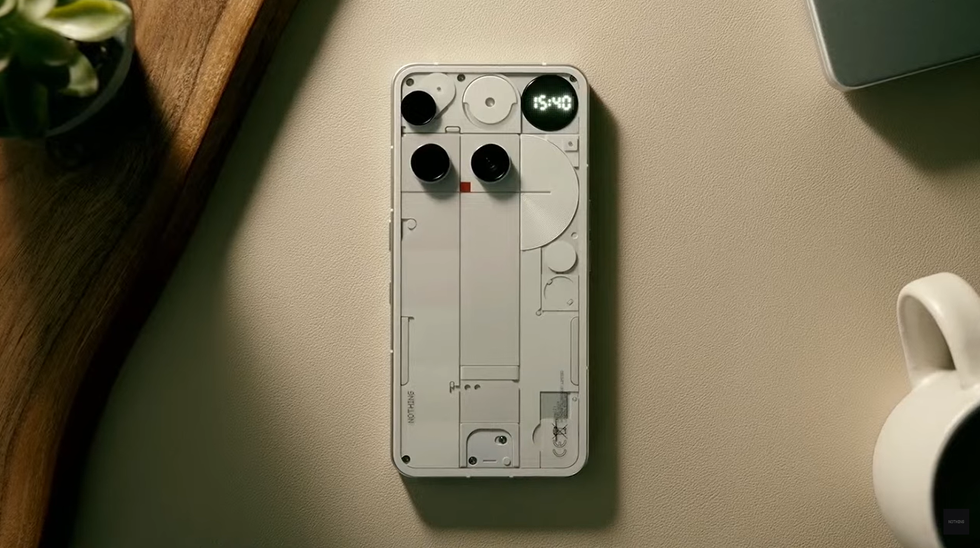 Whether the Nothing Phone 3 lives up to its promise will depend on how it performs in the hands of consumersYouTube/ Nothing
Whether the Nothing Phone 3 lives up to its promise will depend on how it performs in the hands of consumersYouTube/ Nothing










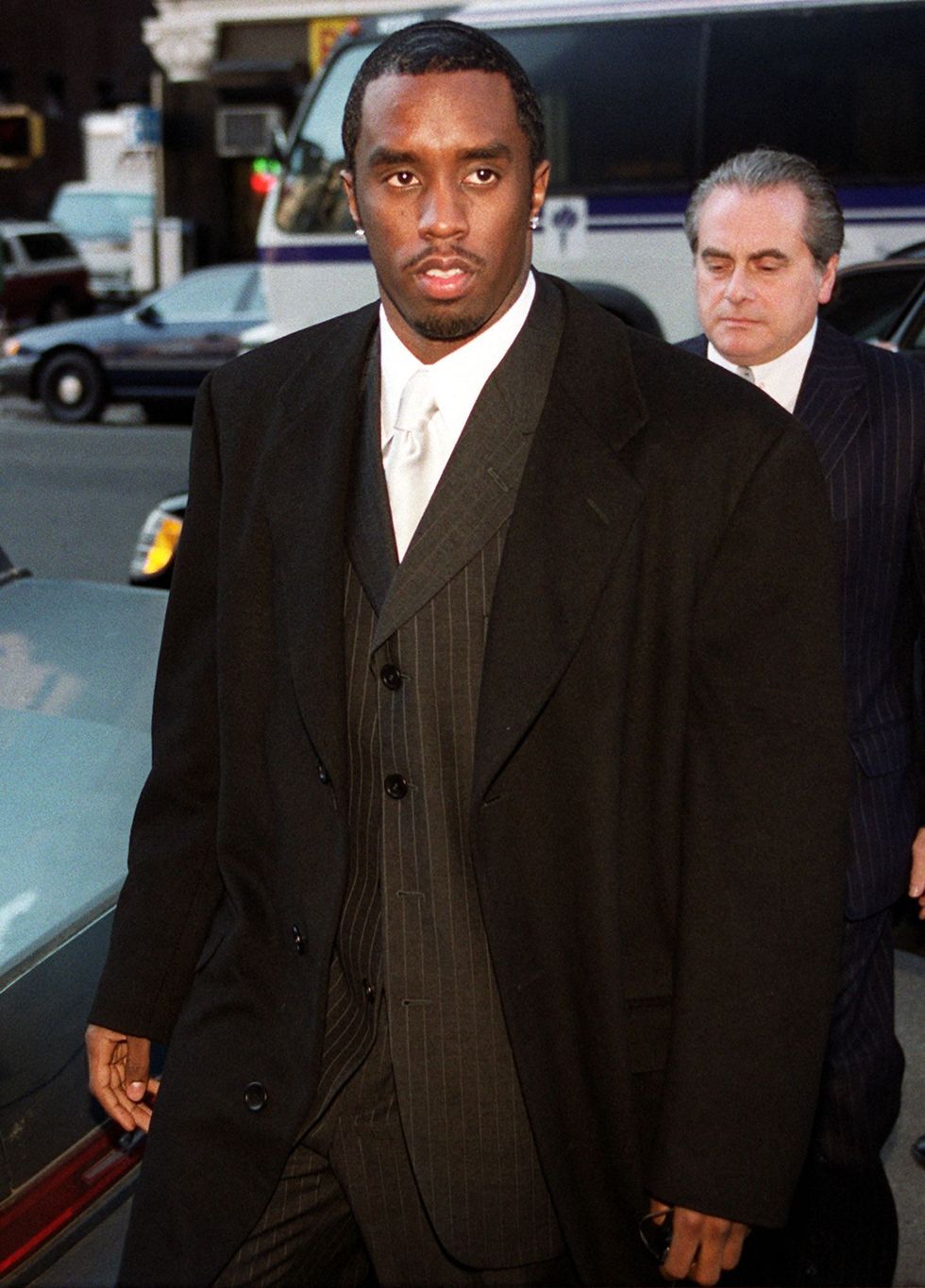 Sean "Puffy" Combs arrives at New York State Supreme Court in New York city 29 February, 2000Getty Images
Sean "Puffy" Combs arrives at New York State Supreme Court in New York city 29 February, 2000Getty Images 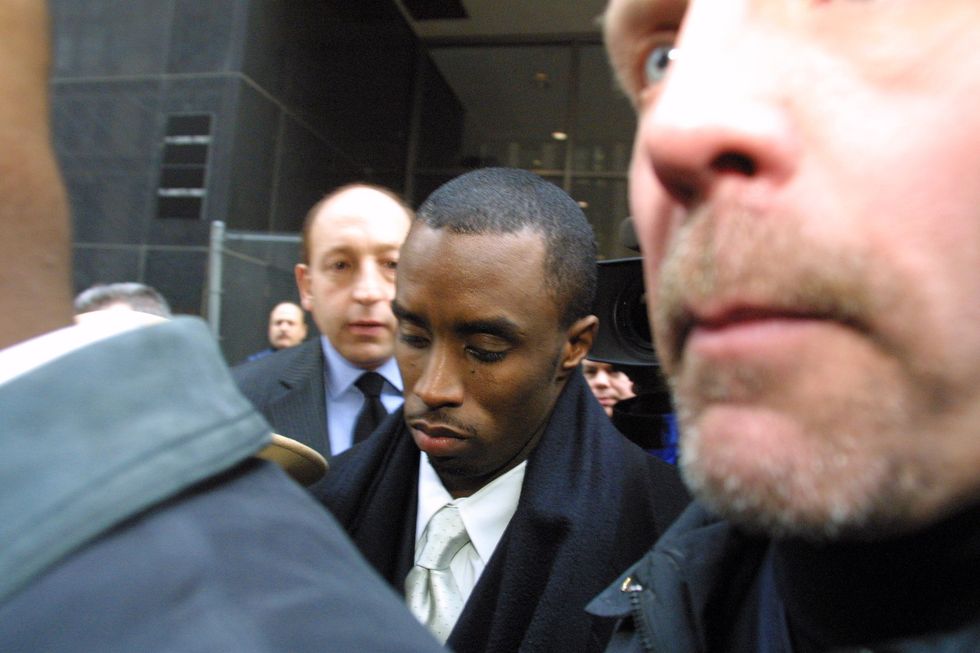 Jury reaches partial verdict in Diddy trial but stalls on racketeering charge Getty Images
Jury reaches partial verdict in Diddy trial but stalls on racketeering charge Getty Images 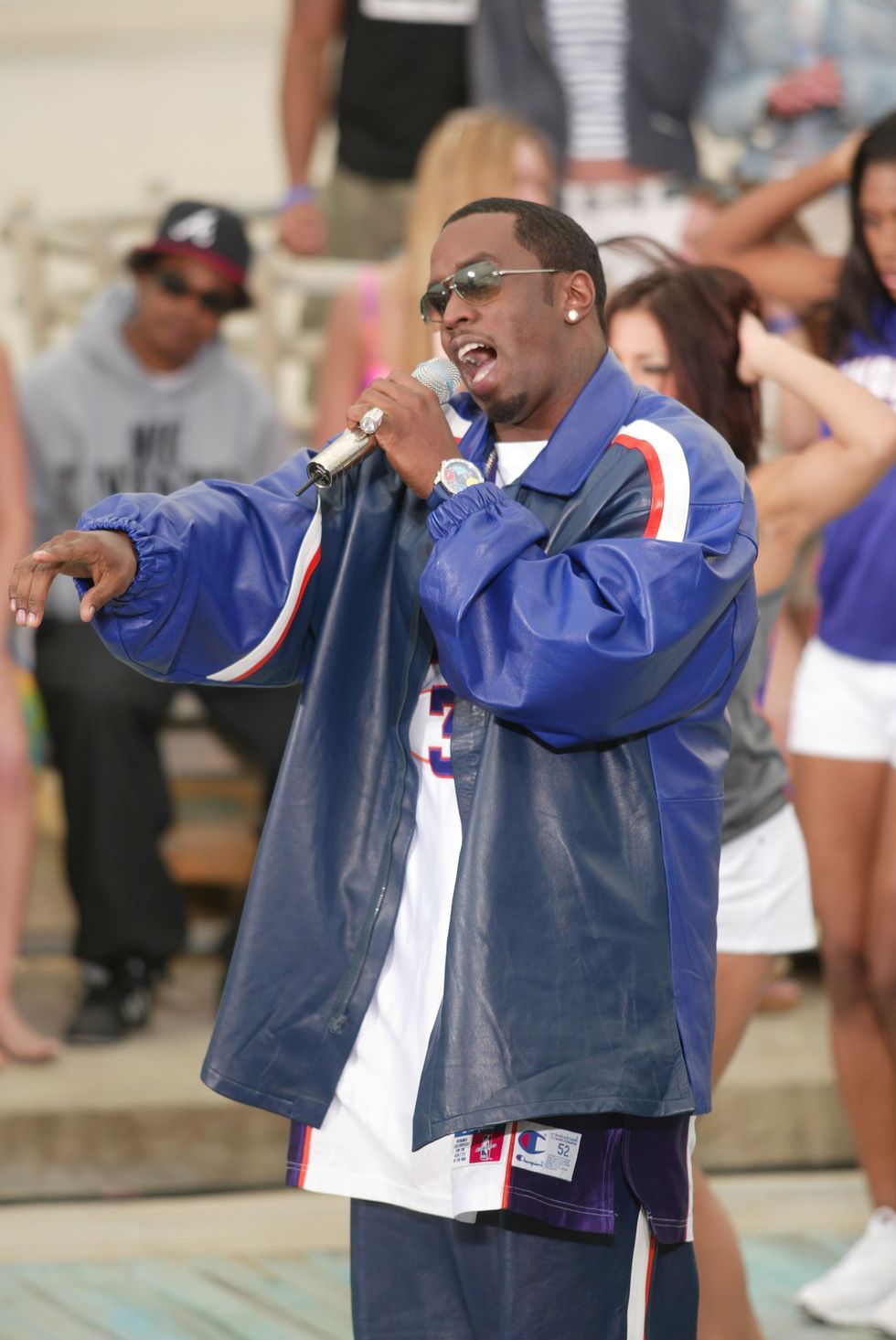 Sean "P. Diddy" Combs performs during taping for the opening of the MTV Beach HouseGetty Images
Sean "P. Diddy" Combs performs during taping for the opening of the MTV Beach HouseGetty Images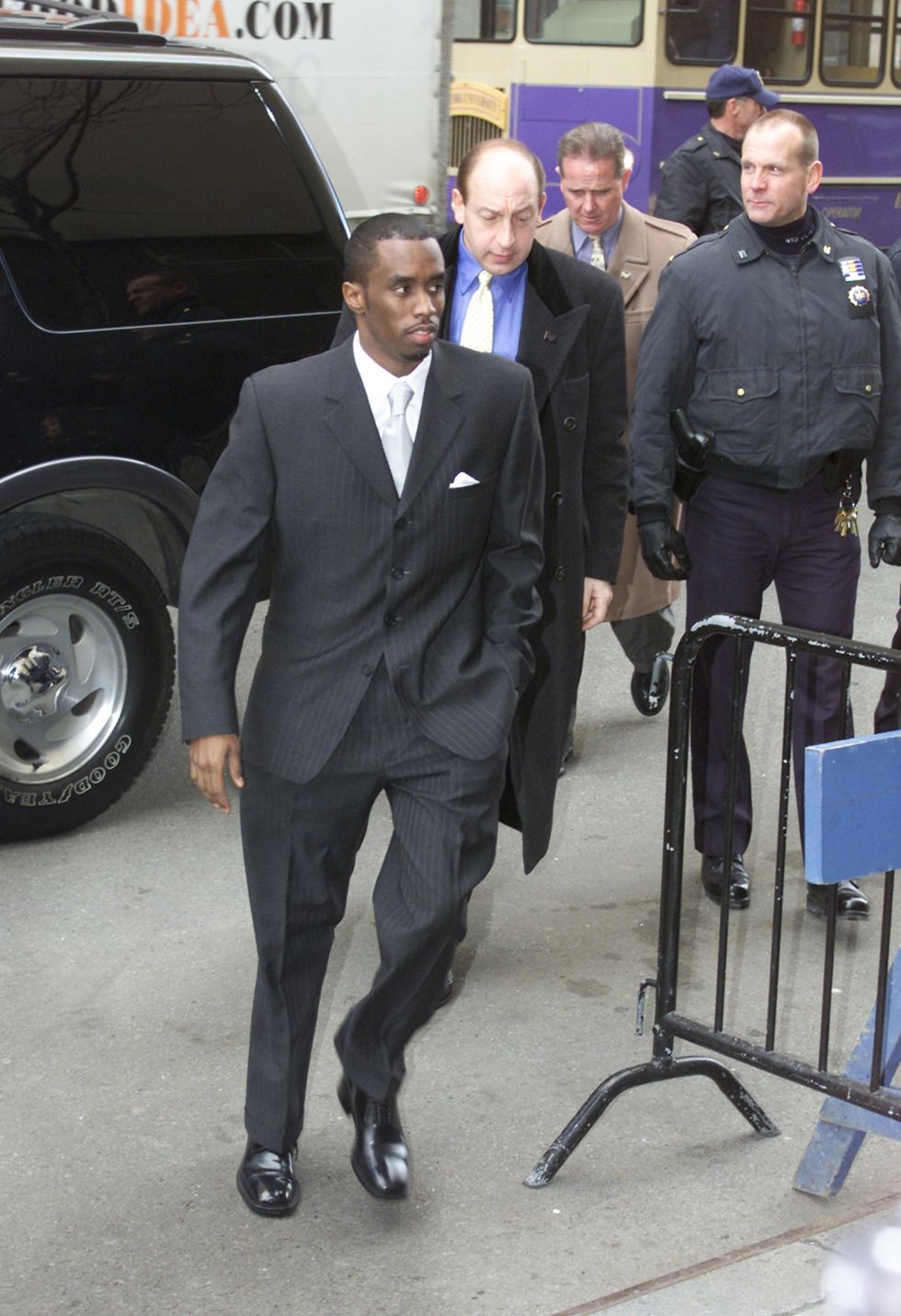 Sean "Puffy" Combs arrives at Manhattan Supreme Court February 28, 2001Getty Images
Sean "Puffy" Combs arrives at Manhattan Supreme Court February 28, 2001Getty Images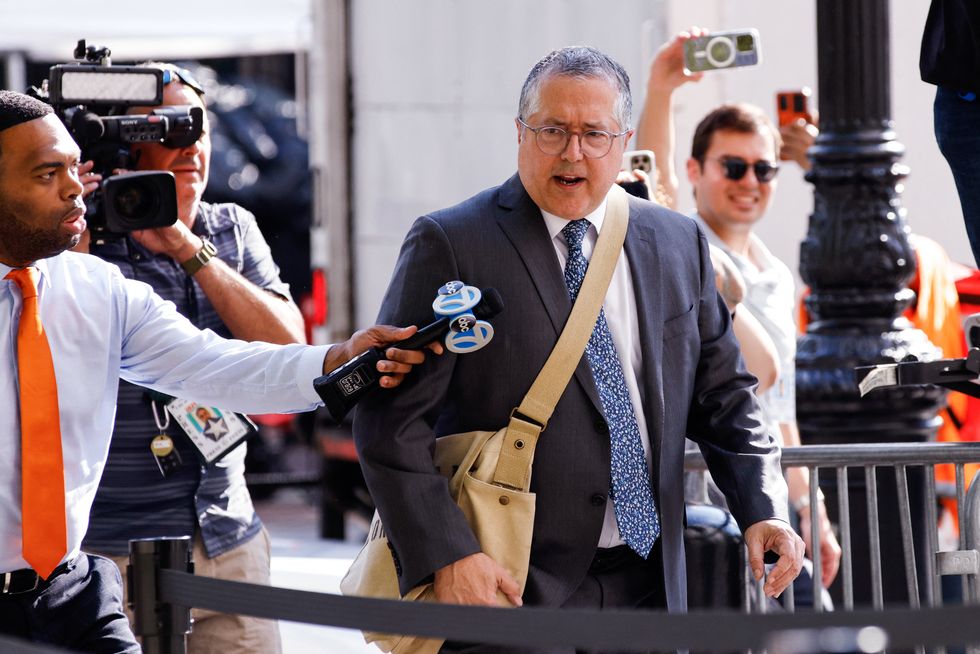 Marc Agnifilo, attorney for Sean "Diddy" Combs, arrives at federal court Getty Images
Marc Agnifilo, attorney for Sean "Diddy" Combs, arrives at federal court Getty Images
